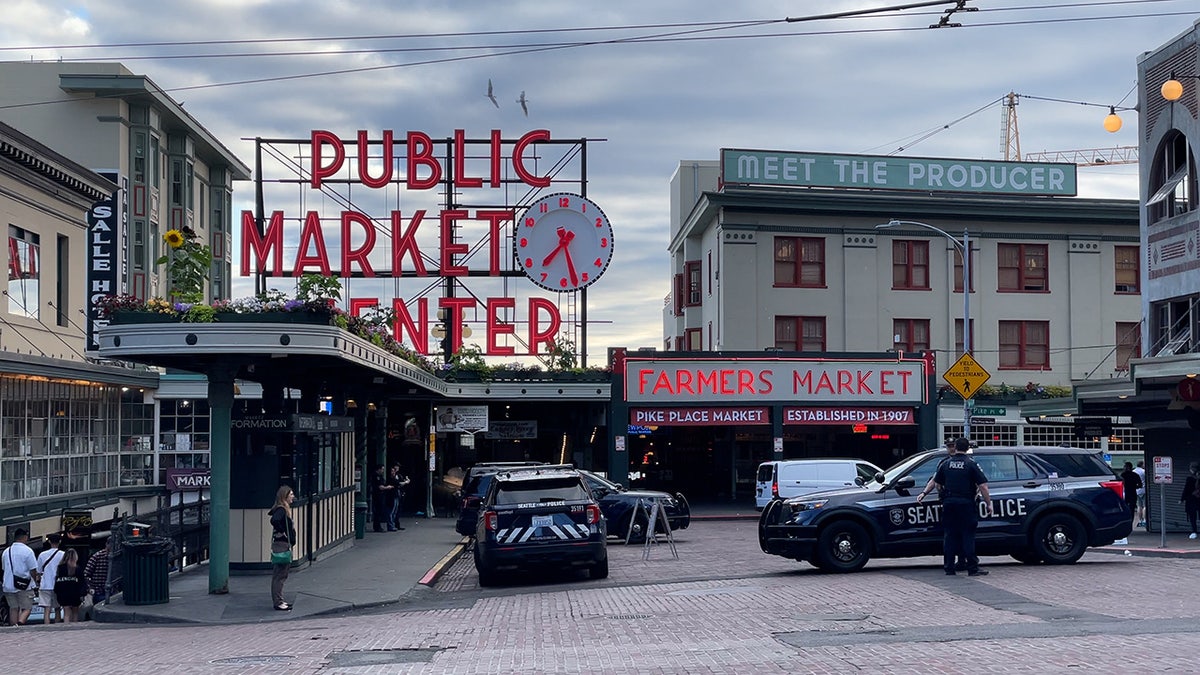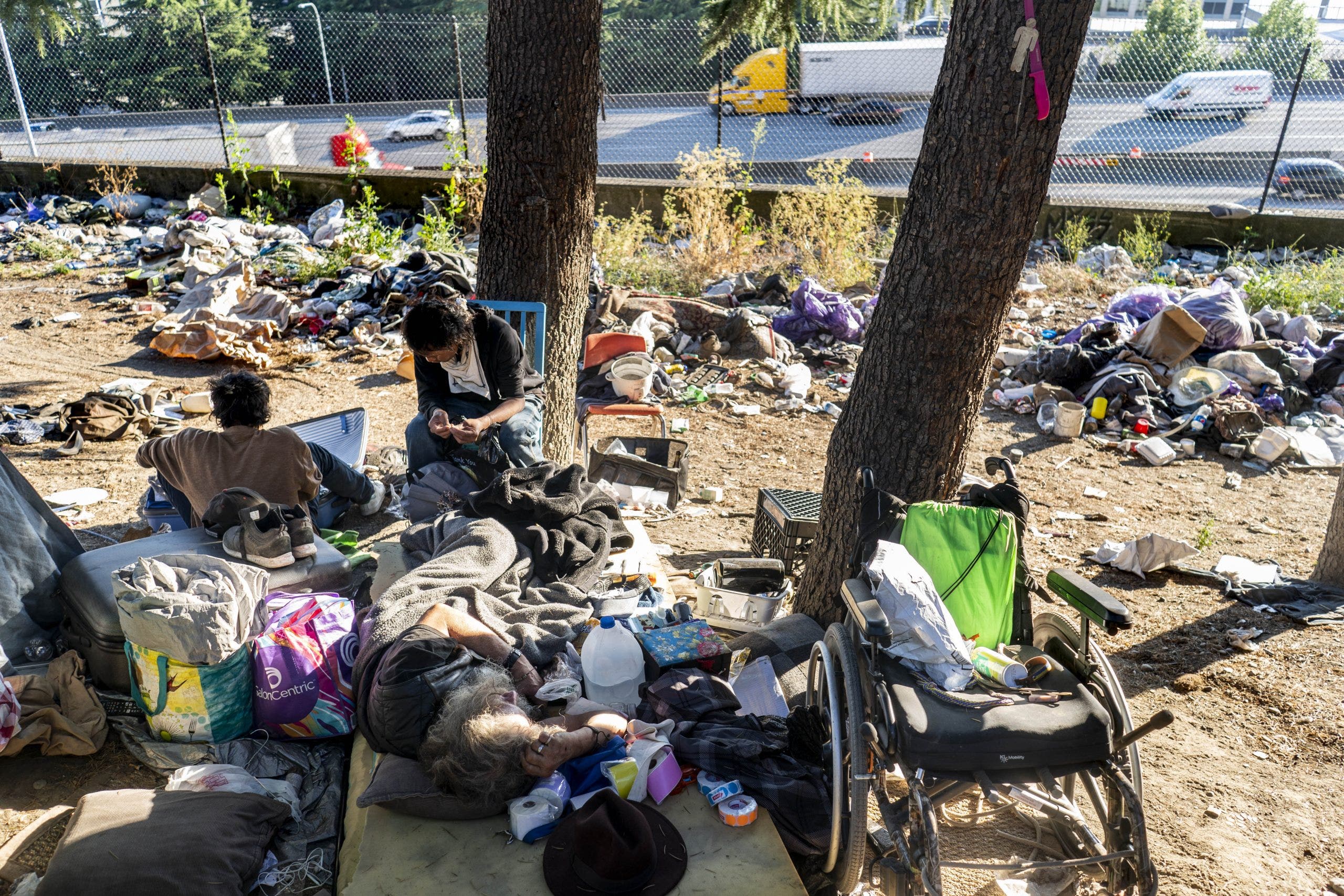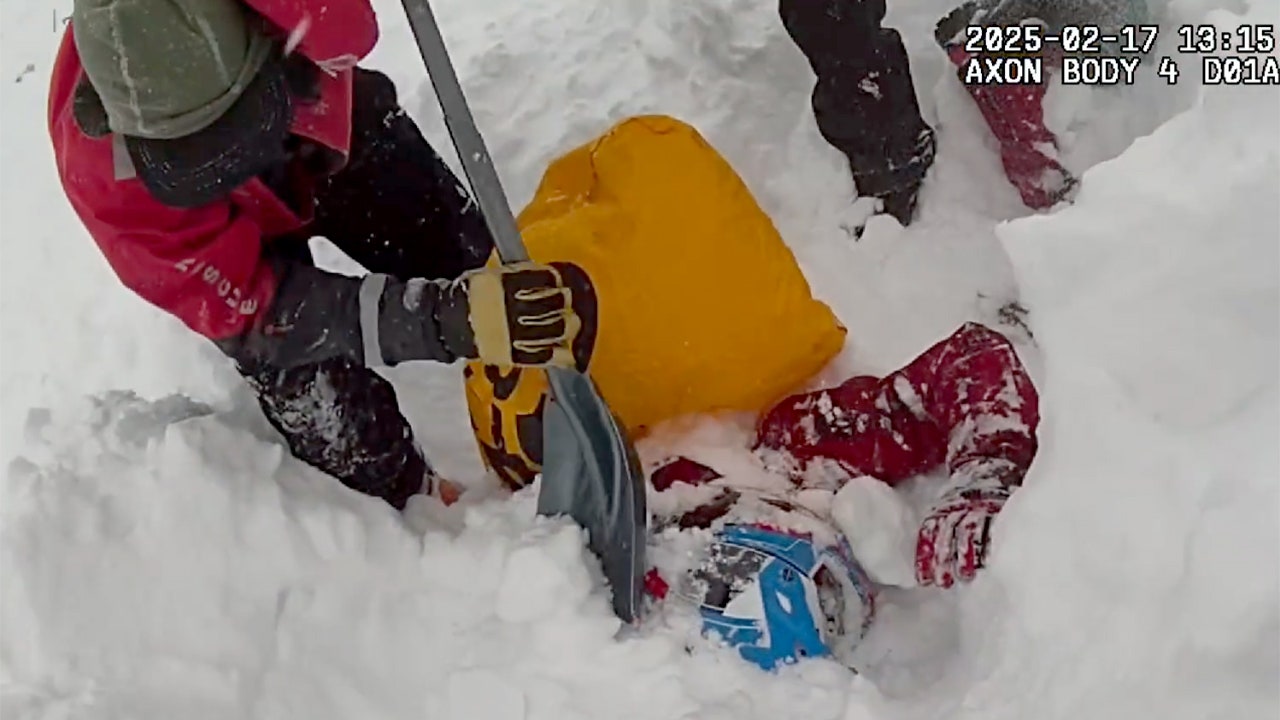Missing Woman Discovered Deceased in Suitcase at Seattle Encampment
Authorities have identified a body found stuffed inside a suitcase in Seattle this week as a woman who first went missing in 2023.
The woman, 37-year-old Shannon Marie Caslin Reeder, was reported missing in 2023, and her last confirmed sighting was in November of that year. Police say they are still trying to piece together what happened to Reeder.
A Stark Reminder of Vulnerability
Shannon Reeder’s tragic fate has left the community pondering the fragile lives of those in precarious situations. The Washington State Patrol reported that Reeder’s lifeless body was discovered in late September while state officials were clearing a homeless encampment. A strong odor arising from a suitcase drew their attention, revealing a somber reality often overshadowed by urban life.
“Ms. Reeder was known to reside in the area,” updates from the WSP reflected. It underscores how easily one can vanish into the shadows of a city, where stories often remain untold. Detectives are of course piecing together a timeline of her movements before her untimely death.
A Call for Community Insight
Detectives remain steadfast in their investigation of Shannon Reeder’s tragic end. They seek to connect with anyone who either saw or spoke to Shannon over the past year. Those possessing information about her life or the circumstances surrounding her death are encouraged to reach out to Detective John Ford at 425-401-7742 or Detective Ivan Sergeev at 425-401-771. The urgency of their appeal speaks to a desire not just for justice, but also for closure in a community shaken by loss.
This incident emerges against the backdrop of ongoing struggles with homelessness in Seattle. The city, home to local businesses like Pike Place Market, struggles with a perception of safety and order. As of October 1, the Seattle Police Department has changed its response to alarm calls, now responding only when supported by solid evidence. According to interim police chief Sue Rahr, this adjustment reflects their limited resources and staffing challenges.

As the police adapt their priorities, some community members express concern about adequacy and participation from local law enforcement. Advocates argue that most alarm responses do not yield arrests, echoing a larger sentiment of disillusionment with public safety efforts. “With depleted resources, we cannot prioritize a patrol response when there is a very low probability that criminal activity is taking place,” Rahr noted. Yet, how can a city grapple with safety while so many remain vulnerable?
This heartbreaking case of Shannon Reeder invites thoughts about the intersections of homelessness, safety, and the collective responsibility of communities to care for every individual. While urban spaces often pulse with life, they sometimes contain unseen stories that leave a lasting impact on the heart and mind.






































